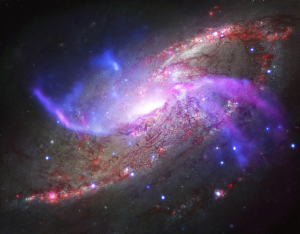Angara launches
The competition heats up: The first test launch today of Russia’s new Angara rocket was a success, according to Russian reports.
According to the Russian Ministry of Defense, the first stage of the rocket separated four minutes after the liftoff, while the vehicle was flying in the projected area over the southern Barents Sea and in the range of the Russian ground control network. The main engine of the second stage was shut down as planned at 16:08 Moscow Time and the stage along with a payload mockup fell in the projected area of the Kura impact range on the Kamchatka Peninsula 5,700 kilometers from the launch site, 21 minutes after liftoff.
Russia will obviously have to conduct further test launches, including the first orbital test, before it declares Angara operational. Nonetheless, this success gets them closer to replacing the Proton and Zenit rockets and allowing them to decrease their reliance on rockets, spaceports, and components under the control of independent countries that were formerly part of the Soviet Union.
More details about the Angara rocket family can also be found here.
The competition heats up: The first test launch today of Russia’s new Angara rocket was a success, according to Russian reports.
According to the Russian Ministry of Defense, the first stage of the rocket separated four minutes after the liftoff, while the vehicle was flying in the projected area over the southern Barents Sea and in the range of the Russian ground control network. The main engine of the second stage was shut down as planned at 16:08 Moscow Time and the stage along with a payload mockup fell in the projected area of the Kura impact range on the Kamchatka Peninsula 5,700 kilometers from the launch site, 21 minutes after liftoff.
Russia will obviously have to conduct further test launches, including the first orbital test, before it declares Angara operational. Nonetheless, this success gets them closer to replacing the Proton and Zenit rockets and allowing them to decrease their reliance on rockets, spaceports, and components under the control of independent countries that were formerly part of the Soviet Union.
More details about the Angara rocket family can also be found here.

